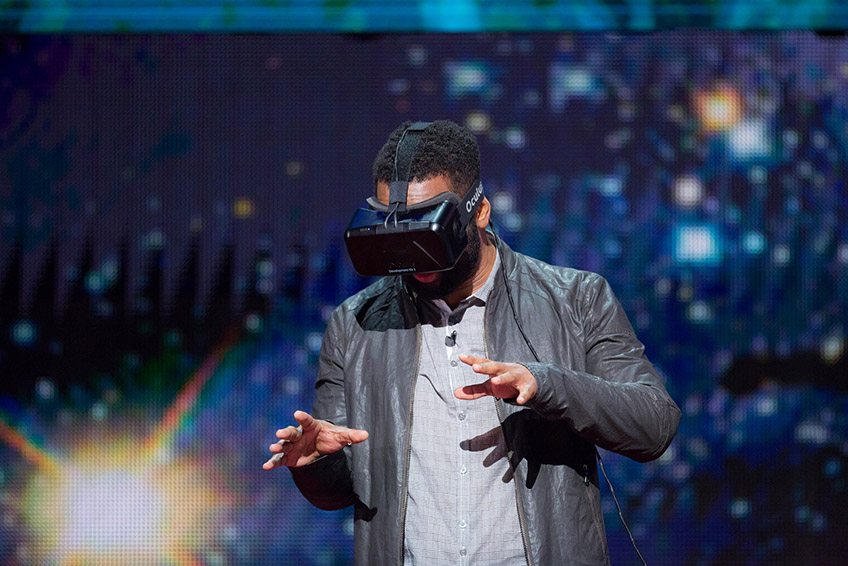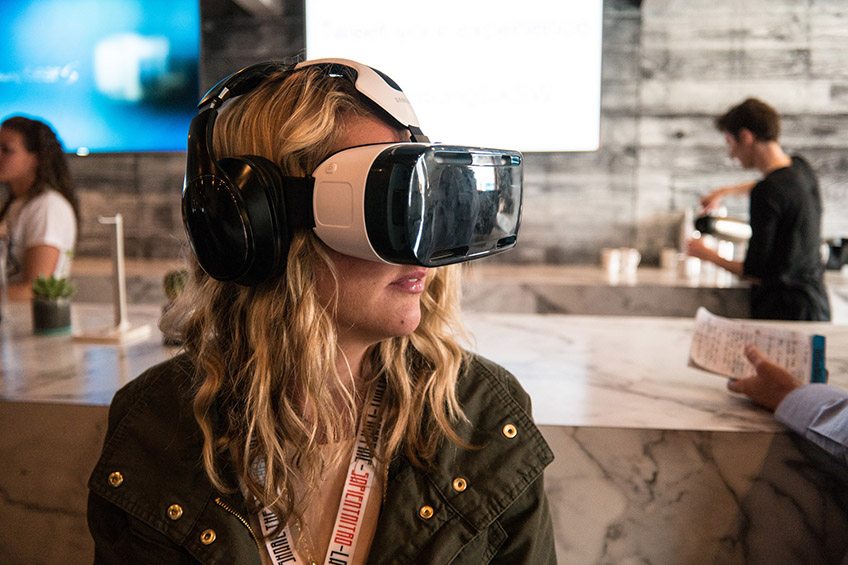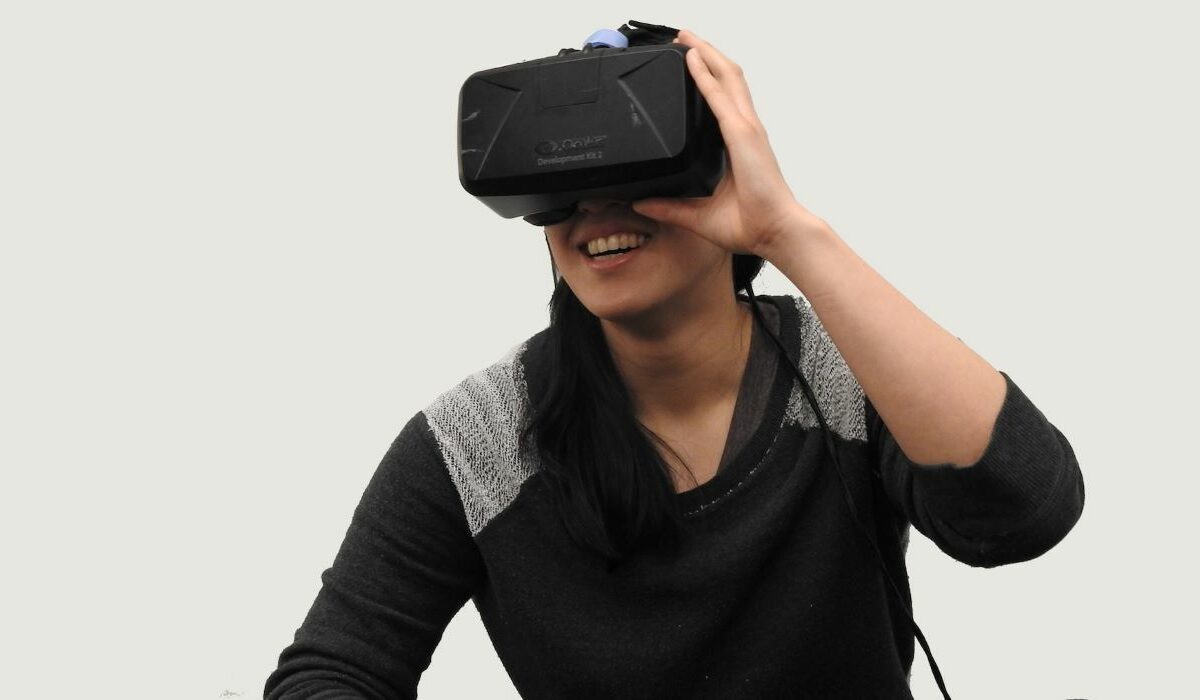Virtual reality in 2016 – new platforms opened for brands & advertisers
The way we shop online will dramatically change and the way we look at things will be far more interactive than ever. Touchstone Research also said they are predicting that VR is going to be the next disruptive technology platform to hit the market. It’s only matter of time when people will turn their heads to more interactive platforms such as VR.
The evolution of VR will change everything, from playing games and watching sports to advertising. Some companies like Coca Cola and Volvo already started developing their virtual experiences and creating marketing campaigns to stay in the trends of the digital marketing field. VR is the new big thing (as the media like to say) because of new exciting ways of customer relations. Guilty party? Oculus rift! This Kickstarter project ended up as a leader in virtual reality technology and was recently acquired by Facebook for a whopping 2 billion dollars. Current brands are communicating with their customers through social media and therefore engaging themselves in discussions giving customers the ability to share, post, or comment based on the message they want to send. These are all great things and such formulas are well known in the world of digital marketing but what if now they can move a little bit closer to consumers?
It means that we will be able to see in which direction the customer is looking at or how much time he spent looking at our advertisement and the exact length of attention. The collected data will be far more precise and measured. Dream of every digital marketer is that his ad will be seen in the sea of Facebook or Google ads because it’s hard to catch an eye in everyday scrolling madness. A major plus for marketers is that user needs to take off their headset to avoid being exposed to ads that are in VR experience. Like in real life, you just can’t be unexposed to advertisements, it’s all around us. Think about passionate marketers who want to deliver amazing and personal content to their customers; what could be more incredible than being in a virtual reality environment, engaging with relevant content and movie-like stories?

Problems
Talking with developers I tried to figure out some of the problems that they are currently dealing with and emphasize them when it comes to content creation:
1. Users will take time to get used to VR technologies
– When comes to playing games, VR is giving customers pure sensations which can be seen through fast-paced heart beating and even sweating during the experience. Some people can hold on for half hour and some one hour but after that is hard to even walk on the street because it’s just a different perspective. In Virtual reality, it is always hard to transfer a 1:1 image ratio.
2. OVERHEATING
– Samsung Gear VR only has this problem, after half an hour of playing at one studio in Zagreb they had to put the device in the fridge (yes, in the fridge) to cool down. Samsung will have to fix this problem if they want to expand in the mobile VR market.
3. Small things in fact truly matter
– Tiny things such as a person sitting or standing will experience the same game differently. For example when you don’t have legs on the ground but in the air, while sitting you have a different experience. These things are really bothering developers because at developing apps they don’t have to focus on such things.
4. Different video game genres have different customization
– Simulators are quite famous because people have this feeling that users are actually sitting in the car or in a roller coaster. Any kind of first-person games are problematic to users because the head bobbing needs to be removed for a better experience. Any kind of fast camera movement that is not caused by the user’s head can generate ghastly vomiting.
5. Starting from a bottom
– It can be ported (the process of adapting software so that an executable program can be created for a computing environment that is different from the one for which it was originally designed) but such experience will never be so good when it’s going to start from the ground zero. The best things for VR will be the ones that are intended just for VR.

Don’t forget about mobile…
If you thought that your campaigns will be stuck on headsets connected to a PC you’re wrong. This month Samsung made a historical day for VR. They’ve sold out on Amazon and best buy new Samsung Gear VR which is only compatible with Samsung galaxy note 4. It gives the ability to be connected anywhere whether you are on a plane or waiting in the lobby to see the doctor. The 2013 world statistic by the number of mobile phones in use is 97 out of 100 citizens. It’s also good to mention google cardboard, a low-cost, DIY virtual reality headset that anyone can build, and a software platform that makes it incredibly easy for app developers to add VR support to their creations. Mobile is again for sure a great way to lean on especially now that VR came up.
As VR is still a mystery in the world of normal tech consumers and I think it will become a part of our online lives. The way we shop online will dramatically change and the way we look at things will be far more interactive than ever. Touchstone Research also said they are predicting that VR is going to be the next disruptive technology platform to hit the market. It’s only a matter of time before people will turn their heads to more interactive platforms such as VR.







